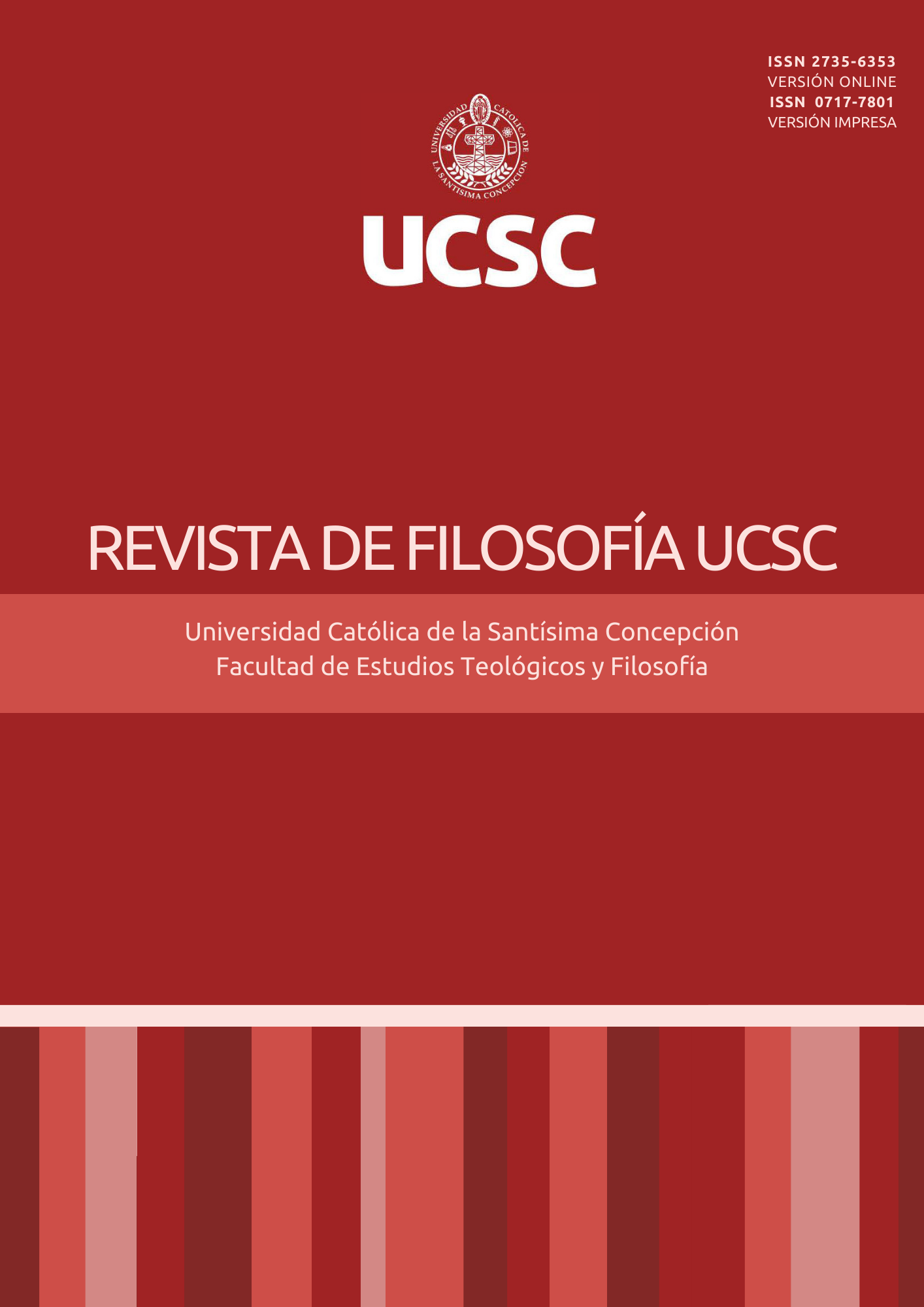Sobre la cuádruple raíz del concepto hermenéutico de aplicación
Contenido principal del artículo
Resumen
La hermenéutica ha reivindicado un concepto especial de comprensión. El concepto de aplicación - apropiación es la cifra de ese especial modo de comprender. Si “comprender es aplicar” (Gadamer), es porque la aplicación es el remedio contra una extrañeza, una distancia, una lejanía que tiene aspectos gnoseológicos y existenciales. En este trabajo, rastreo y analizo las raíces del concepto hermenéutico de aplicación haciendo hincapié en su aspecto práctico existencial. Lo que nos enseña la categoría de aplicación es que el criterio mismo de la comprensión, al menos para ciertas expresiones (y ciertos textos) es el efecto que causa en nuestra forma de ver el mundo (o una porción de él). Conceptos como “salvación” (raíz religiosa), “disposición afectiva y cognitiva” (raíz ética), “persuasión” (raíz retórica), y “catarsis” (raíz estética) dejan ver la necesidad del sujeto de apropiarse de un saber que modificará su modo de ver el mundo, su modo de estar en él.
Detalles del artículo
Sección

Esta obra está bajo una licencia internacional Creative Commons Atribución-NoComercial 4.0.
La Revista de Filosofía UCSC es de acceso abierto y no cobra por publicar en ella. Además, regula su política de Derechos de Autor y de acceso a sus archivos de acuerdo con la Licencia Pública Attribution-NonCommercial 4.0 International (CC BY-NC 4.0), por tanto, se permite compartir (reproducir y distribuir el material en cualquier medio o formato) y adaptar (modificar, transformar y crear a partir del material) siempre y cuando se de crédito adecuadamente, se incluya la cita con los datos correspondientes. Además, no está permitido utilizar el material con fines lucrativos.
Cómo citar
Referencias
Gadamer H-G., (1998), Estética y Hermenéutica. (Trad. Gomez Ramos). Madrid. Tecnos.
Gadamer H-G. (2003), Verdad y Método I. (Trad. Aparicio - Agapito). Salamanca. Sígueme.
Gadamer H.G. (1998b), Verdad y Método II. (Trad. Aparicio - Agapito). Barcelona. Sígueme.
Camus A. (2007), El Hombre Rebelde. (Trad. Echávarri). Buenos Aires, Losada.
Camus A. (1996), El Verano. (no figura traductor). Madrid. Alianza.
Camus A. (1966), Carnets II. (Trad. Lencera). Buenos Aires. Losada.
Ricoeur P. (2003), El Conflicto de las Interpretaciones. (Trad. Falcón). Buenos Aires. FCE.
Ricoeur P. (2004b), Tiempo y Narración I. (Trad. Neira). México. SXXI.
Ricoeur P. (2009), Tiempo y Narración III. (Trad. Neira). Madrid. SXXI.
Ricoeur P. (2006), Teoría de la Interpretación. (Trad. Moges Nicolau).México. SXXI.
Borges J.L. (1989), Obras Completas III. Barcelona. EMECÉ.
Borges J.L. (1996), Obras Completas II. Barcelona. EMECÉ.
Gilson E. (1996), El Ser y los Filósofos. (Trad. Fernández Burillo). Navarra. EUNSA.
Pascal B. (1993), Pensamientos. (Ed. Lafuma). (Trad. Llansó).Barcelona. Altaya.
Rambach J.J. (1738),Erläuterungen über seine eigene Institutiones hermeneuticae sacrae aus der eigener Handschrift des seligen Verfasses. De E.F Neubauer, Giessen.
Ferrari M. (2005), Historia de la hermenéutica. (Trad. Perea Cortés). México. SXXI.
Arendt H. (1984), La vida del espíritu. Madrid. (Trad. Montoro Romero - Vallespín Oña). Centro de Estudios Constitucionales.
Arendt H. (1997), La promesa de la política. (Trad. Cañas). Barcelona. Paidós.
Aristóteles, (1998), Ética a Nicómaco y Ética a Eudemo. (Trad. Pallí Bonet). Madrid. Gredos.
Aristóteles, (2002), Retórica. (Trad. Bernabé). Madrid. Alianza.
Murphy J.J (ed.), (1989), Sinópsis histórica de la retórica clásica. (no figura traductor). Madrid. Gredos.
Cicerón M.T. (1988), Orator. Se utiliza la edición bilingüe editada por B. Kytzler, Darmstad, WBG.
Nussbaum M. (2003), La terapia del deseo. (Trad. Candel). Barcelona. Paidós.
Unamuno M. (1983), Del sentimiento trágico de la vida. Madrid. Sarpe.
Jaeger W. (1967), Paideia: los ideales de la cultura griega. (Trad. Xirau). México. FCE.
Entralgo P.L. (1958), La curación por la palabra en la Grecia antigua. Madrid. Revista de Occidente.
Hegel F. (1955), Aesthetik, Hrsg. V.F. Bassenge. Berlín. Aufbau Verlag.
Kierkegaard S. (2009), Postscriptum no científico y definitivo a Migajas Filosóficas. (Trad. Bravo Jordán). México. Iberoamericana.
Jauss H.R. (1982), Aesthetic Experience and Literary Hermeneutics. (Trad. Shaw). Minnesota. University of Minnesota Press.




